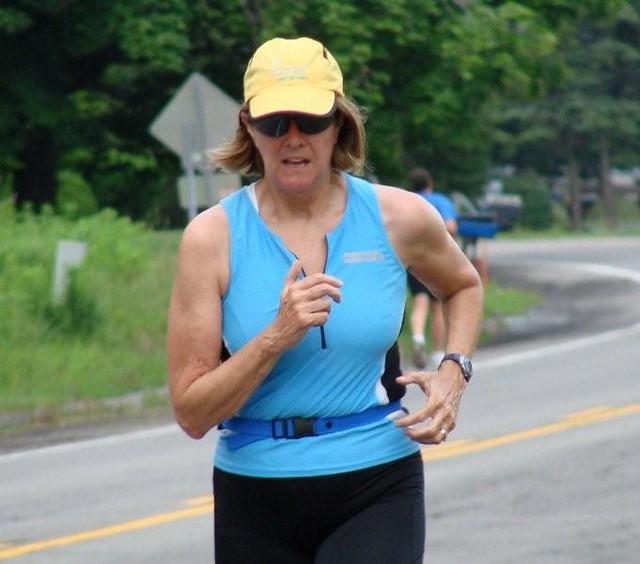 |
| Photo by buffalotriathlonclub |
DAY #1 Though DAY #4
#1) Walk for five minutes, and then jog for 1 minute#2) walk for five minutes, and then jog for two minutes#3) walk for five minutes, and then jog for two minutes#4) walk for four minutes, and then SPRINT for 8 seconds#5 walk for two minutes to cool down.
DAY 5 Through DAY 9
#1) walk for four minutes, and then jog for two minutes#2) walk for four minutes, and then jog for three minutes#3) walk for three minutes, and then jog for three minutes#4) walk for three minutes, and then jog for three minutes#5) walk for two minutes, and then SPRINT for 10 seconds#6) walk three minutes for cool down.
DAY 10 Through DAY 13
#1) walk for three minutes, then jog for three minutes#2) walk for two minutes, then SPRINT for 15 seconds#3) walk for two minutes, then SPRINT for 15 seconds#4) walk for two minutes, then SPRINT for 10 seconds#5) walk for two minutes, then SPRINT for 10 seconds#6) walk for two minutes, then jog for three minutes#7) walk for two minutes, then jog for three minutes#8) walk for two minutes, then jog for two minutes#9) walk two minutes for cool down
DAY 14 Through DAY 17
#1) walk for three minutes, then jog for six minutes#2) walk for three minutes, then jog for four minutes#3) walk for two minutes, then jog for three minutes#4) walk for two minutes, then jog for three minutes#5) walk for one minute, then jog for one minute#6) walk for two minute cool down
DAY 18 Through 21
#1) walk for three minutes, then jog for eight minutes#2) walk for three minutes, then jog for six minutes#3) walk for three minutes, then SPRINT for 15 seconds#4) walk for two minutes, then SPRINTS for 15 seconds#5) walk for two minutes, then SPRINT for 10 seconds#6) walk for two minute cool down
DAY 22 Through 24
#1) walk for two minutes, then jog for ten minutes#2) walk for two minutes, then jog for eight minutes#3) walk for one minutes, then jog for two minutes#4) walk for one minute, then jog for one minute#5) walk for two minutes cool down
DAY 25 AND DAY 26
#1) walk for one minute, then jog for sixteen minutes#2) walk for two minutes, then jog for ten minutes#3) walk for as long as you need for cool down
DAY 27 AND 28
#1) walk for one minute, then jog for twenty minutes#2) walk for two minutes, then SPRINT for 15 seconds#3) walk for one minute, then SPRINT for 15 seconds#4) walk for one minute, then jog for three minutes#5) walk for two minutes for cool down
DAY 29
JOG FOR 30 STRAIGHT MINUTES EASY do not over do it just a nice easy pace.
DAY 30
JOG FOR 30 STRAIGHT MINUTES AGAIN BUT TIME PUT MORE INTO IT, AT THIS POINT YOU SHOULD BE AT THE THREE MILE IN 30 MINUTES.
Dale Dupree Brown, Copywrite (7) 2007
Former pro boxer and Delaware state champion, who enjoys helping others obtain their goals in any sport or personal activities. He has trained many athletes from track, football, boxing and has always enjoyed it. Anyone who desires their own personal daily workout plan can join our membership a or email me at davaldupree@yahoo.com include your age, height, weight, and your desires, and date you plan to reach your desires.
|


